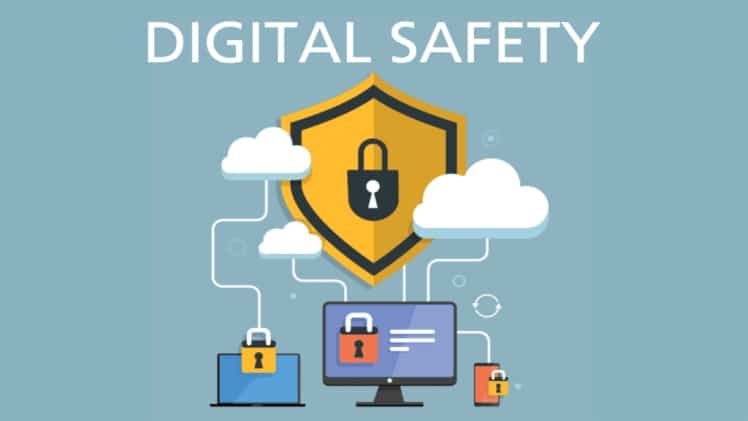In today’s world connectivity has broken borders for safety. Digital consciousness is the new frontier in protecting ourselves, when so much of our lives is lived online — banking, socializing and working. As cyber threats continue to rise, the necessity to understand cybersecurity can no longer be minimized — it’s a matter of personal safety.
The conventional idea of personal safety, after all, involves youth following a set of rules to prevent physical harm — the way they’re supposed to lock the doors or watch where they walk in certain neighborhoods. But as our digital trail grows, so does the risk. Today, attackers use technology to break into our lives and steal our identities and money without ever crossing the physical boundaries of the real world.
Anything online — from smartphones to smart home systems — is fair game. These challenges are also continually changing, so the protection against them is also dynamic, because digital awareness is the best weapon. Folks who have some knowledge of how to detect and respond to such cybersecurity threats are better equipped to protect their data and guard their safety.
What Is Digital Awareness?
Digital awareness is awareness of the dangers that abound in the cyberspace and the deliberate steps taken to ensure they have minimal impact on your world in the virtual space. This includes knowing how personal data is gathered and also shared, identifying phishing scams, choosing secure and easy-to-remember passwords, and being able to use secure networks.
It also includes staying well versed in matters of current cybersecurity trends and threats. It’s a moving target, with new vulnerabilities and attack methods appearing regularly. Staying ahead allows people to predict and protect against attacks and to stop damage before it occurs.
Bridging the Digital Divide in Cybersecurity
Cybersecurity is at the heart of digital-literacy efforts -the practices, technologies, and tools to protect the safety and privacy of computer networks and data. For people, cybersecurity is about protecting personal devices and online accounts with strong passwords, two-factor authentication and updated software.
One common error is undervaluing personal data. Hackers don’t just want your credit card numbers, they want everything from your social security number to your email contacts. This information can be exploited for identity theft, fraud, and even stalking. Cybersecurity awareness shows people they need to keep this data safe and to be careful with the way they treat their digital life, in the same way they would be careful with their physical lives.
The Real World Impact of Ignoring Digital Safety
Lacking attention to digital understanding can have dire consequences. Data breaches can cause financial loss, reputational ruin, and emotional pain. For instance, stolen identity can destroy credit scores, and leaked personal photos or communication can lead to public humiliation or vexation.
Cyberattacks such as ransomware can lock people out of their devices or files and prompt them to pay to access them again. And this is not just a tech issue — it is a personal safety issue. When you mess with someone’s digital life, it threatens their well-being, their security, their sanity.
Building Digital Literacy dos and don’ts
Keep Informed: Educate yourself about the cyber threats — including phishing, malware, and social engineering attacks — that are prevalent today. Awareness of what to look for can stop many attacks.
- Use Strong Passwords: Develop difficult-to-crack passwords and update them frequently. Think about password managers to help keep track securely.
- Turn on Two-Factor Authentication (2FA): This provides you with two layers of security, allowing for a much safer sub for you and everyone else.
- Keep Your Software Current: Software updates include security updates, which can help protect your computer.
- Be Careful Online: Don’t click on iffy links or download untrusted attachments. Verify the trustworthiness of emails and messages.
- Secure Your Network: When on public Wi-Fi, use a reputable VPN; at home, secure your Wi-Fi with strong encryption.
- How to Protect Your Privacy on Social Media: Don’t overshare personal information, and check your privacy settings.
Digital Knowledge is Power
Digital Awareness is about letting people be in charge of their own safety in a more digital world. It decreases your exposure to cybercrime and reinforces trust in a secure use of technology.
But in a future in which technology is woven into every aspect of life, cybersecurity skills will be as important as — well, locking your doors at night. The more mindful we are, the more safe we are — both online and off.
In conclusion, online presence is the new self-defense since it gives us the tools to protect ourselves against contemporary pitfalls inside the digital space. By taking common-sense security measures and remaining vigilant, people can protect their identity, money, and peace of mind in a world in which the physical and digital are inseparable.


